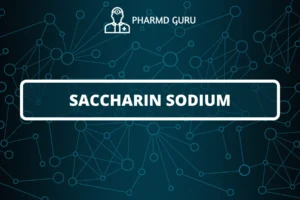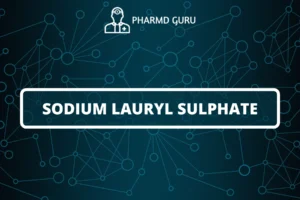SANDMEYERS REACTION is a chemical reaction that allows for the conversion of an aromatic amino group (primary or secondary) into various functional groups using diazonium salts. It is named after the Swiss chemist Traugott Sandmeyer, who first described this reaction.
SCROLL DOWN TO THE BOTTOM OF THIS PAGE FOR ACTUAL NOTES.
The general equation for Sandmeyer’s reaction is as follows:
ArN2+X^- + Nu-H → Ar-X + N2 + Nu-H2+
In this reaction, an aryl diazonium salt (ArN2+X^-) reacts with a nucleophile (Nu-H) to form a new aryl compound (Ar-X) by replacing the diazonium group. Nitrogen gas (N2) is evolved as a byproduct, and the nucleophile may also act as a proton donor, forming a protonated species (Nu-H2+).
The reaction proceeds through a diazonium intermediate, which is formed by the reaction of an aromatic primary amine with nitrous acid (HNO2). The diazonium salt is highly reactive and can undergo various substitution reactions with different nucleophiles.
Sandmeyer’s reaction allows for the introduction of a wide range of functional groups onto aromatic rings, including halogens (chlorine, bromine, or iodine), cyano groups, hydroxyl groups, and others. The choice of nucleophile and reaction conditions determines the specific functional group incorporated.
The mechanism of Sandmeyer’s reaction involves several steps:
- Diazotization: The aromatic primary amine reacts with nitrous acid (HNO2) to form a diazonium salt intermediate. This step involves the replacement of the amino group with a diazonium group (ArN2+X^-).
- Substitution: The diazonium salt reacts with the nucleophile (Nu-H), leading to the substitution of the diazonium group by the nucleophile. The nucleophile can be a wide range of compounds, such as water (to form phenols), halides (to form aryl halides), or other nucleophilic reagents.
The reaction conditions for Sandmeyer’s reaction can vary depending on the desired product and the stability of the diazonium salt. Typically, the reaction is conducted at low temperatures (around 0-5°C) to control the reactivity and avoid unwanted side reactions.
Sandmeyer’s reaction has broad applications in organic synthesis, particularly in the preparation of aryl halides, which are important intermediates in pharmaceuticals, agrochemicals, and materials. The reaction is also valuable for the synthesis of other functionalized aromatic compounds.
It’s worth noting that Sandmeyer’s reaction requires caution due to the potentially explosive nature of diazonium salts. Proper safety measures and control of reaction conditions are essential.
In summary, Sandmeyer’s reaction is a versatile chemical transformation that allows for the conversion of aromatic amino groups into various functional groups using diazonium salts. It provides a powerful tool for the introduction of different substituents onto aromatic rings and is widely used in organic synthesis.
ACTUAL NOTES:
PATH: PHARMD/PHARMD NOTES/ PHARMD FIRST YEAR NOTES/ ORGANIC CHEMISTRY/ PHARMACEUTICAL ORGANIC CHEMISTRY/ SANDMEYERS REACTION.




